Warrior 1 is a popular standing posture that can be performed with your hand on a wall or seated on a chair for extra support or balance.
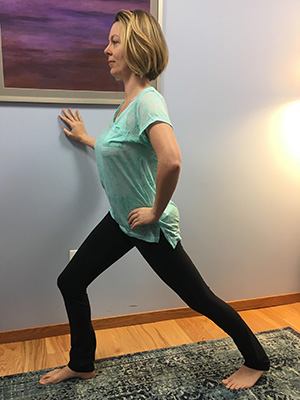
Warrior 1 with wall support
- Begin in Mountain Pose
- Squat halfway, keeping your spine long and bending only from your hip crease.
- Send your right leg back, coming into a split stance.
- Bend your left knee, but not forward over your toes
- Keep your left knee in line with your second toe.
- Traditionally, your right leg turns out slightly from the top of your leg. This helps to create length through the inner thigh and stretch the outside of the right lower leg.
- Try raising your arms overhead, reaching your fingertips to the sky while simultaneously rooting your shoulder blades down your back.
- Note the position of your pelvic points (ASIS – bones in the front of the pelvis just below the waist. If they are facing the right, adjust by keeping the turnout of your back leg while protecting the knee and lifting up thru the back inner thigh as you rotate your pelvis towards the front of the mat.
- Inhale the arms up, palms facing each other. Hold for 5–10 breaths.
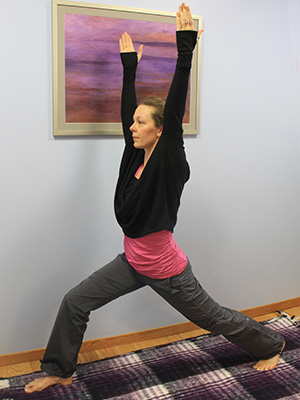
Bend your front knee, but not forward over your toes, and keep your back knee in line with your second toe.
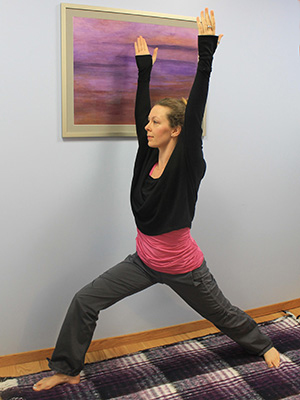
Your back foot will naturally turn out a little bit.
What does Warrior 1 do for me?
- strengthens the lower extremity
- increases proprioception (helps the brain understand where the body is in space)
- improves balance, challenging the ankle and hip
- lengthens front and inner thigh of the back leg
- lengthens iliopsoas and abdominal wall
- can be paired with pelvic floor muscle contractions if you want to increase pelvic floor muscle strength because of stress urinary incontinence, prolapse, or hip/back pain
Modifications of Warrior 1
Make Warrior 1 work for you. Try these modifications if you have:
Knee pain
If you have knee sensitivity that is irritated by external rotation (turn out) of your hip, turn your back leg parallel.
If your knee still bothers you, don’t bend your knee as far so you aren’t irritating the tissues under the kneecap.
Back pain
Vary the width of your base of support. You might find having your legs spread further apart feels better for your SI joint or back.
Shoulder pain
You can keep your hands on your hips if you have shoulder discomfort.
Pelvic pain
If this posture hurts your pelvic floor, shorten your stance, bringing your feet closer, and don’t bend your knee as far.
Also try this posture with a parallel back leg if pelvic pain is irritated by external rotation of the hip.
If this is still painful, please read this post on Yoga for Pudendal Neuralgia for some strategies.
Fun variations
If your psoas (part of the hip flexor complex at the front of the hip and pelvis) is still tight from excessive sitting, try a side bend to the same side as the forward knee. For example, if your left leg is forward, raise your right arm overhead, lengthen thru the rib cage, then side bend to the left.
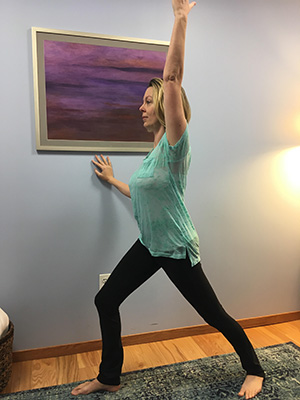
If you feel tightness, try extending your arm and bending slightly towards the other side.
For more spinal extension, lift your sternum (breastbone) towards the sky into thoracic (mid-back) extension.
To gain more flexibility of your psoas and spine, download my Extension Progression Flow. This flow takes you through several yoga poses that allow you to listen to your body and let your tissue response guide the progression into extension.
Move easefully at your own pace!

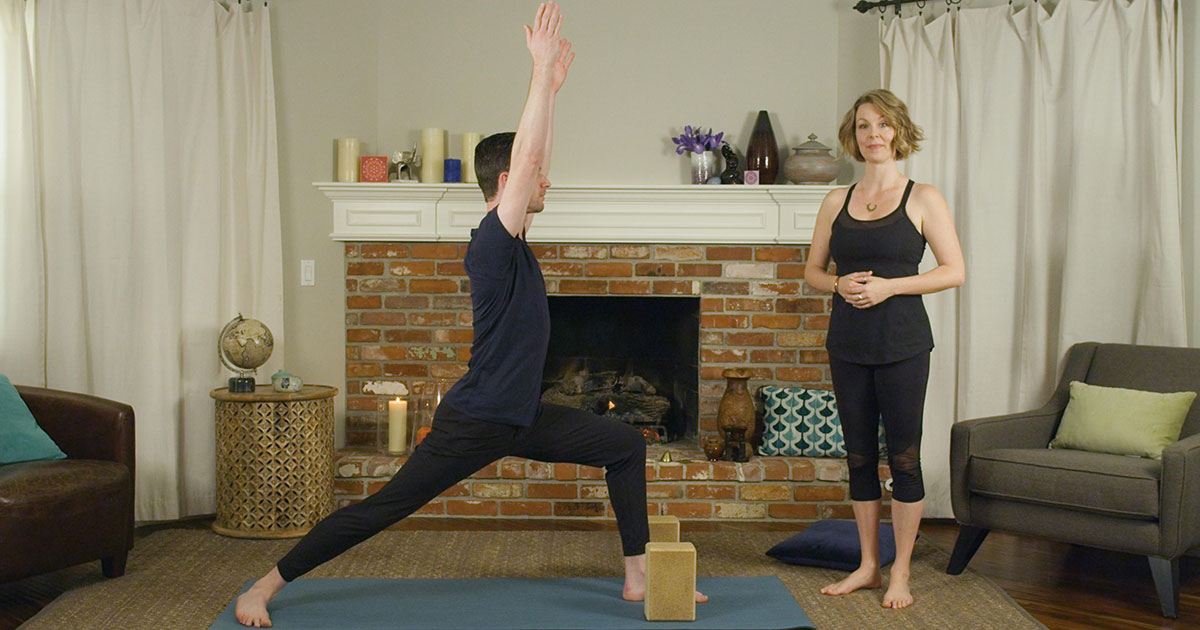
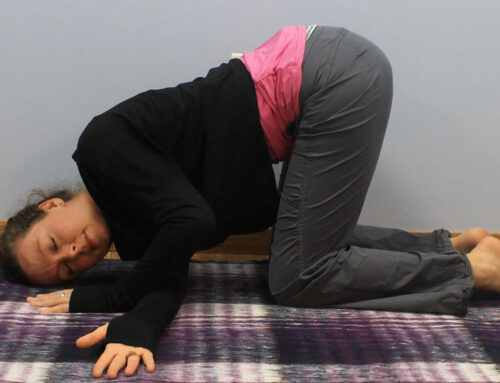
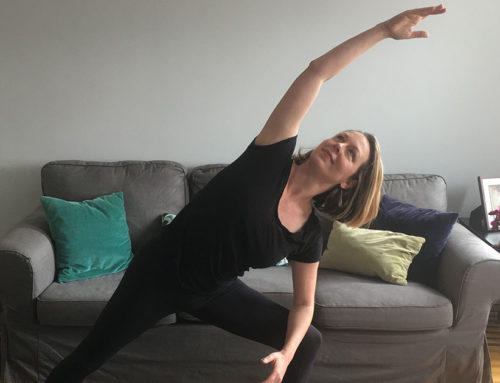
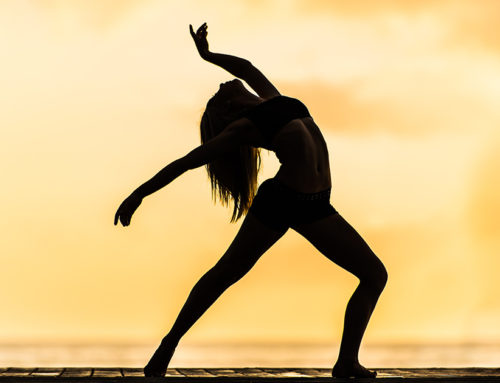
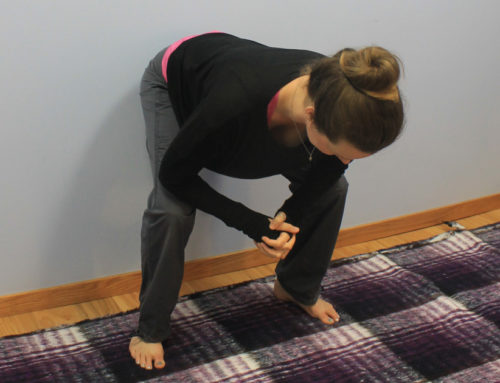
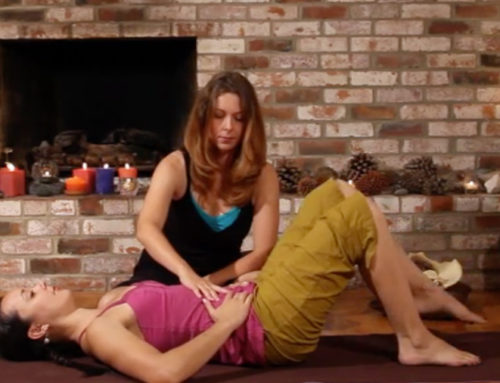
Thanks. Very useful.
Thanks so much for your reply! I’m so happy to hear this post was helpful!
[…] the former, multitask cuddling with a split squat. Start in parallel Warrior 1 or a split squat and make sure your base of support is wide enough that balance is not a concern […]